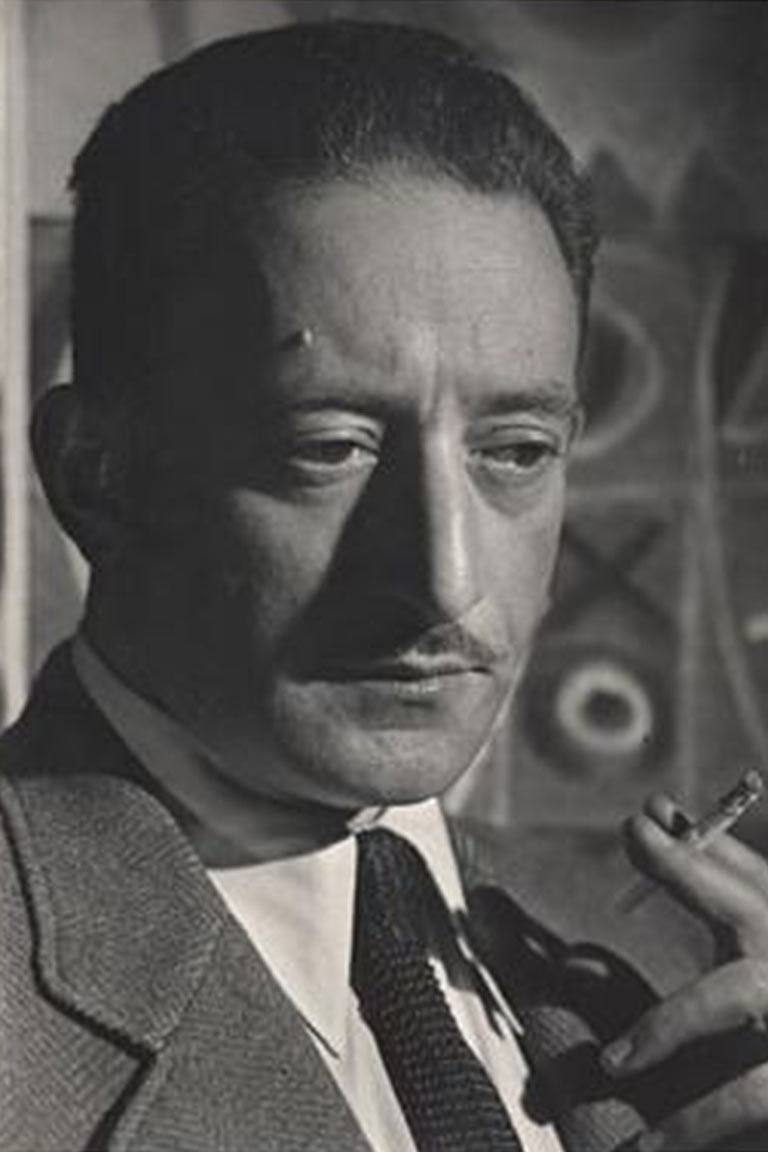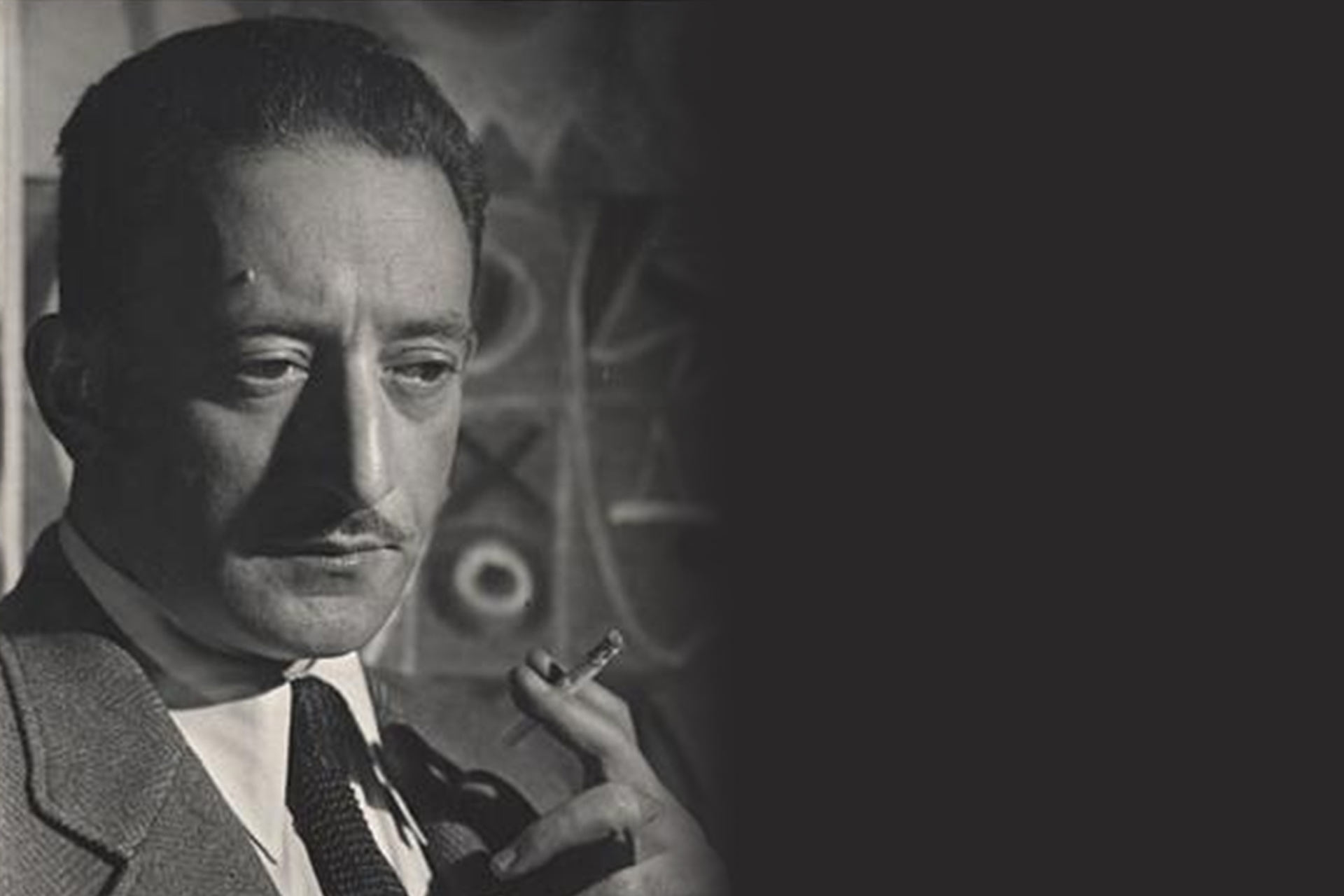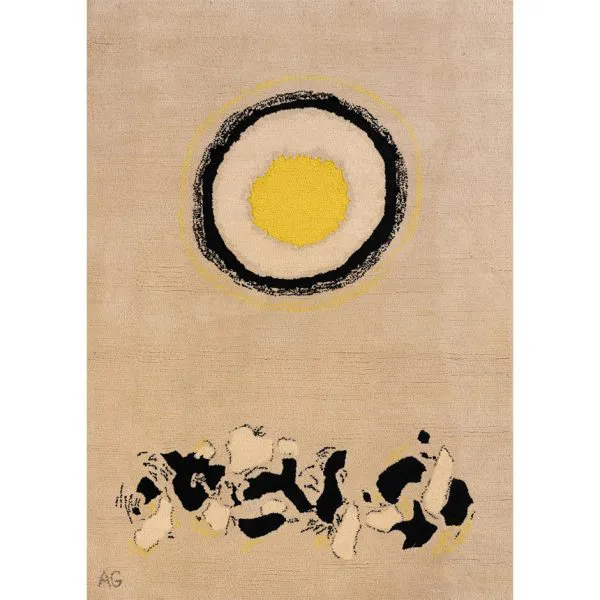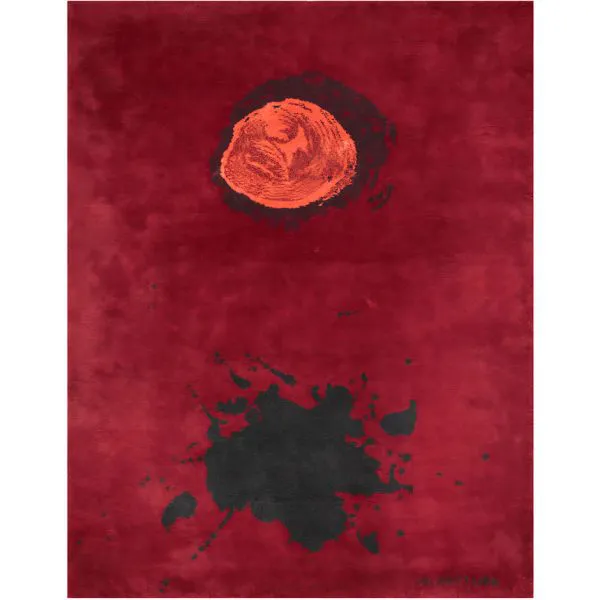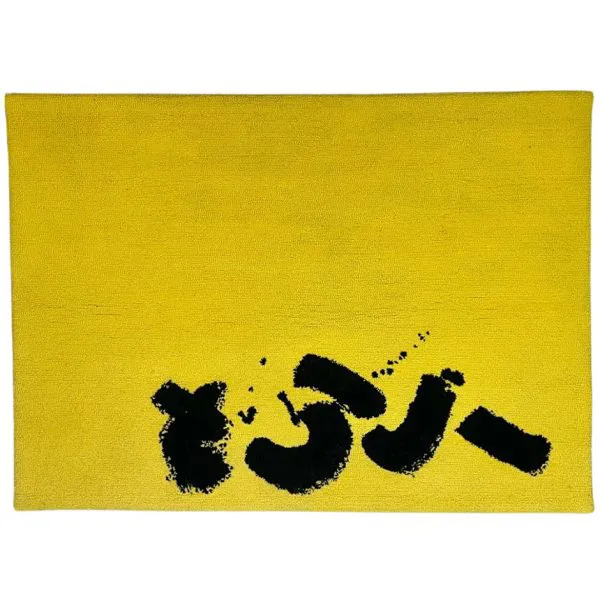Adolph Gottlieb was a prominent American painter and a pioneering member of the Abstract Expressionist movement. His distinctive abstract works utilized pictographs and mythological symbols, imbuing them with a powerful emotional intensity through vivid color and dynamic line work. Gottlieb once reflected, “Today when our aspirations have been reduced to a desperate attempt to escape from evil, and times are out of joint, our obsessive, subterranean and pictographic images are the expression of the neurosis which is our reality. To my mind certain so-called abstraction is not abstraction at all. On the contrary, it is the realism of our time.”
Born in New York City in 1904, Gottlieb studied at the Art Students League from 1920 to 1921. Entering a milieu of painters that included Mark Rothko and Lou Schanker, Gottlieb’s early works were influenced by the stylized figuration of Milton Avery. Gradually, his style became more abstract as he incorporated ideas from Surrealism, automatic drawing, and the psychological theories of Freud and Jung.
By the 1960s, Gottlieb had developed his acclaimed “Burst Paintings” – works featuring a sun-like orb hovering above calligraphic marks. The artist passed away in New York in 1974, and the Adolph and Esther Gottlieb Foundation was established two years later to provide grants to visual artists. Today, Gottlieb’s influential works can be found in major museum collections worldwide, including MoMA, Tate, Walker Art Center, and Reina Sofia National Museum.
